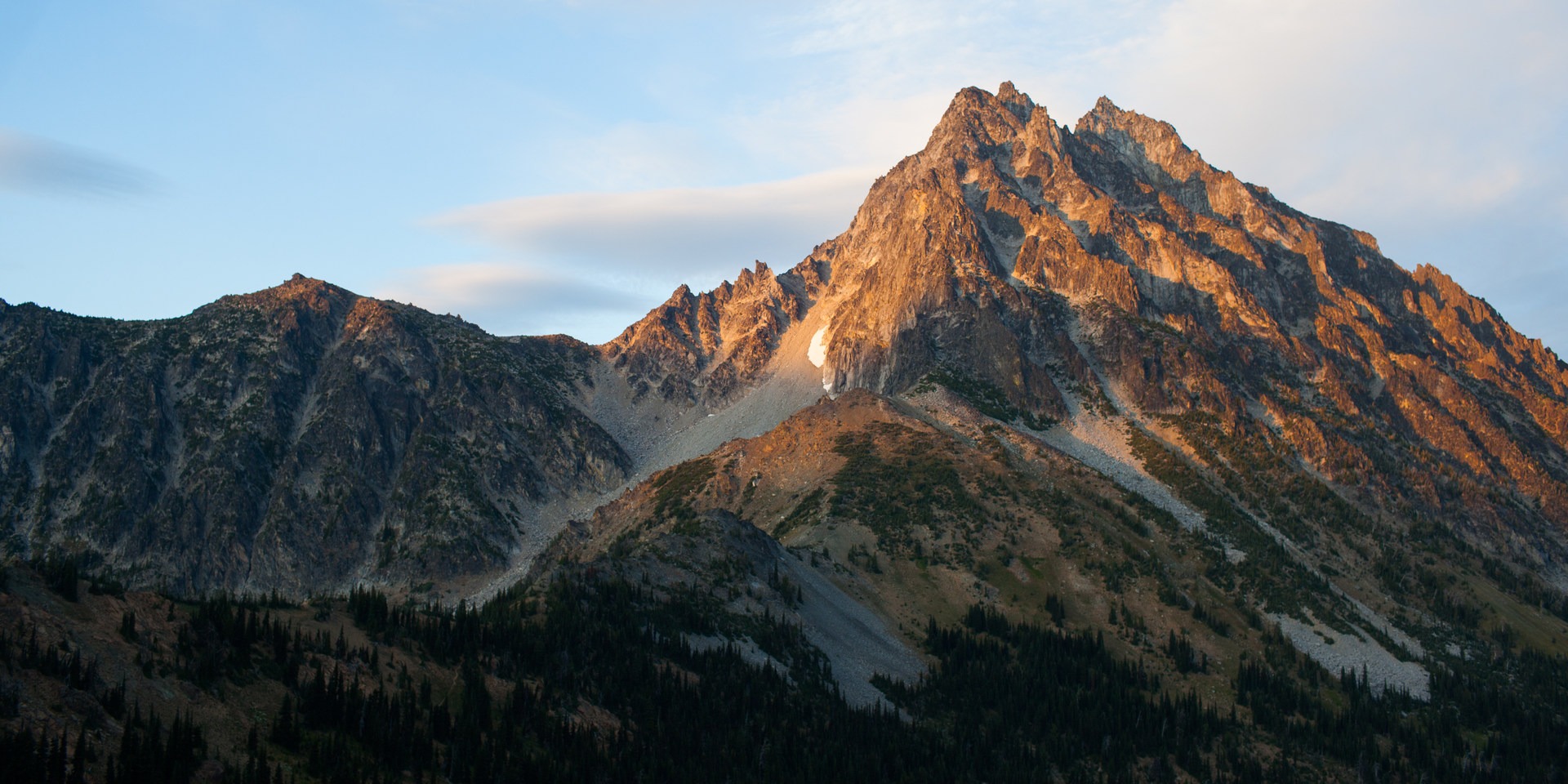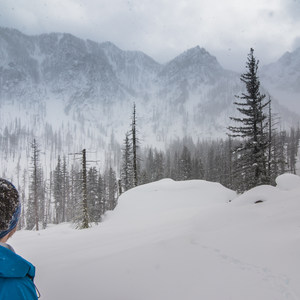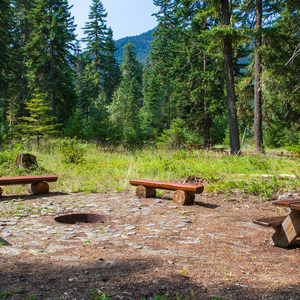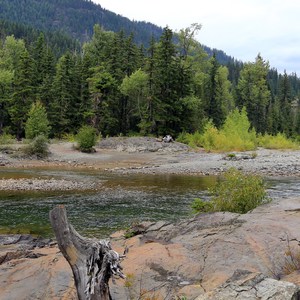The West Ridge of Mount Stuart (5.4 YDS, Grade II) is a complex route that winds up the second largest non-volcanic peak in Washington. There are several ways to approach this route, but one of the most popular is to carryover from Ingalls Pass, climb the West Ridge, descend the Cascadian Couloir, and finish the loop over Long's Pass to return back to the car. The committing route is typically done in two or three days, is long and complex, and often forces parties to bivy on the mountain.
From the trailhead, the trail climbs through the Teanaway Valley and into the Alpine Lakes Wilderness, winding for roughly 3 miles toward Ingalls Pass. From Ingalls Pass, descend into the basin following cairns through rocky terrain before reaching Ingalls Lake. There are numerous campsites before the trail reaches the lake, each a great spot to contemplate the next day's climb. Note that camping is not allowed at Ingalls Lake.
From Ingalls Lake the trail climbs toward Stuart Pass and the base of the West Ridge. The route begins in the second couloir as you approach via Stuart Pass. The route scrambles up Class 3 and 4 rock that at times is extremely exposed. From the top of this couloir the route traverses to the climber's right into the next couloir and up to the notch below Long John Tower. The route up to Long John Tower can either be climbed via low fifth-class terrain or exposed fourth-class terrain. Some parties may prefer to rope up for the lower sections.
From Long John Tower the route-finding difficulties increase as the route winds past a handful of bivy sites. The route traverses right along a series of Class 3 ledges before attaining the West Ridge Notch. At this point, the technical climbing begins. There are many variations to the summit, but the proposed route climbs four or five technical pitches of exposed forth and easy fifth class climbing to the summit.
- Pitch 1 traverses the north side of the ridge for 30 or 40 feet before climbing back over to the south side of the ridge to a sandy ledge.
- Pitch 2 ascends several wide-ish cracks to another nice ledge.
- Pitch 3 traverses through blocky terrain, passing a piton at waist level before reaching yet another belay ledge.
- Pitch 4 moves up slightly more difficult blocky terrain before reaching the last and most difficult pitch of the climb.
- Pitch 5 begins by bellyflopping onto a pointy block and then ascends a set of parallel hand and finger cracks to the summit.
From the summit pyramid, follow cairns slowly down to the Cascadian Couloir as you remain high on the ridge. The route follows a climber's trail down to Ingalls Creek before heading up and over Long's Pass and back to the trailhead.
For a greater technical description of the route refer to Fred Beckey's book, Cascade Alpine Guide: Climbing and High Routes, Vol 1: Columbia River to Stevens Pass.

































Comments
I have created a video to document the route and our journey, I hope you will find it helpful and informative!
https://youtu.be/CgtnjlW1sMI
Sign In and share them.